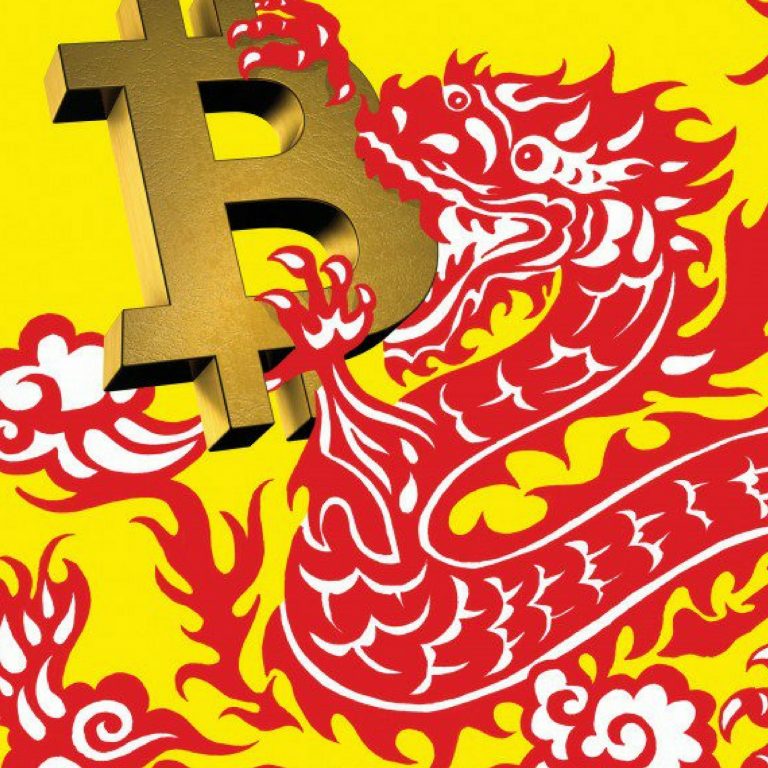2018-10-4 23:30 |
It’s no secret that mainstream media isn’t the biggest fan of cryptocurrency, often releasing sensationalized reports that demand page views more than they do facts. That being said, the Wall Street Journal (WSJ) is now a part of the cryptocurrency market after creating their own crypto – called the WSJCoin.
The U.S.-based news outlet embarked on the journey to create their own cryptocurrency in order to, as they put it, to better “understand what drives the wild cryptocurrency market—the technology, hype and innovation, combined with the hacking, market manipulation and increased regulation…”
The WSJ’s journey first began in Japan, a hotbed for cryptocurrency and blockchain innovation, where the team of journalists found a blockchain startup and hired one of their programmers to write some code constituting the framework of a cryptocurrency, and just like that, the WSJCoin was born.
Despite seeming like an easy process, the difficulty is not in creating a cryptocurrency, but rather in creating one that is practical and marketed well enough to draw the attention of investors and exchanges. Without interest from these two parties, the cryptocurrency is nothing more than wasted code.
In order to add practicality to the newly founded WSJCoin, the team journeyed through the halls of the Japanese crypto community, searching for businesses or services that would accept their virtual currency as a form of payment (although it is unclear as to why anyone would accept an illiquid cryptocurrency as a form of payment).
Despite the fact that no sane person would accept their cryptocurrency as a form of payment due to its lack of value and liquidity, the team of journalists attribute the lack of interest in their coin to declining interest in the industry, saying “the mania has fizzled.”
Decline in Cryptocurrency Interest is Based on PerspectiveOf course, there is no denying that there exists a general disdain for cryptocurrencies amongst neophyte investors who lost a considerable amount of money over the past year due to the bull-run, bear-crash, market cycle. Despite this, evidence suggests that institutional, retail, and corporate interest in cryptocurrency and blockchain is at, or nearing, an all-time high.
One such example of institutional interest can be the opening and success of the cryptocurrency futures market, namely the Cboe Bitcoin Futures market, and the soon-to-be Cboe Ethereum futures market, that is opening through a partnership with Cboe and TD Ameritrade.
The opening and trade volume of futures markets also increase the likelihood of the approval of a Bitcoin ETF, which could alter the trajectory of Bitcoin completely by allowing for an influx of retail and institutional funds.
The Wall Street Journal importantly notes that despite the decreased interest in crypto, people in Japan are still ambitiously testing and pursuing the technology, including a J-pop band called the “Virtual Currency Girls,” and a university professor who is developing a digital currency that can be exclusively used on and around the campus.
Ivan Zasarsky, a Hong Kong-based partner at Deloittes’s financial crimes unit (FCU), optimistically told the WSJ report that crypto is still in its infancy.
“There is still potential for significant disruption. This is only the first centimeter in a kilometer race,” he said.
Featured image from Shutterstock.The post The WSJ Creates Their Own Cryptocurrency to Better Understand the Market appeared first on NewsBTC.
origin »Global Cryptocurrency (GCC) íà Currencies.ru
|
|































